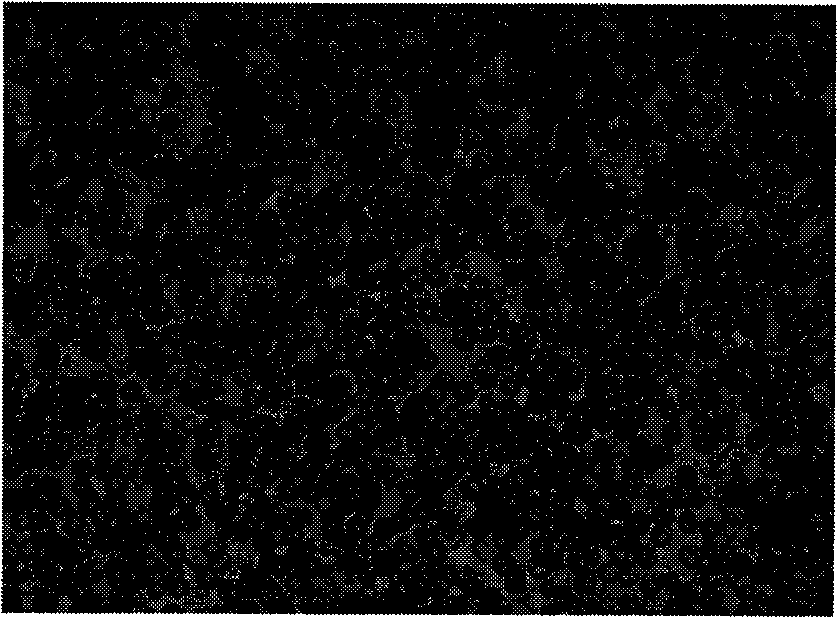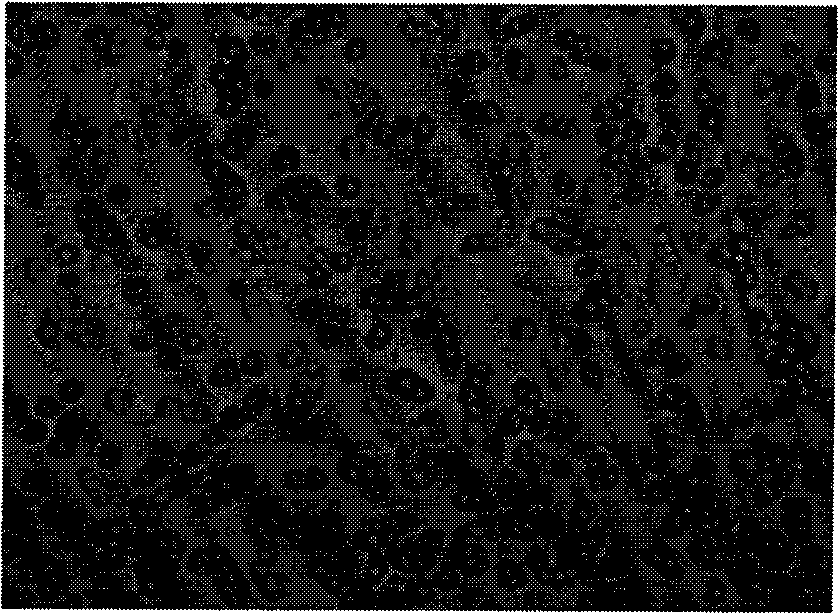Method for separating and cultivating rat hepatocytes
A technology for separating and culturing liver cells, applied in tissue culture, biochemical equipment and methods, microorganisms, etc., can solve problems such as easy pollution, high technical requirements, and long time required, and achieve low price, large quantity, and good effect Effect
- Summary
- Abstract
- Description
- Claims
- Application Information
AI Technical Summary
Problems solved by technology
Method used
Image
Examples
Embodiment
[0020] Fasting SD rats for 24 hours were anesthetized by intraperitoneal injection of 2% pentobarbital sodium (40mg / kg.b.w), anticoagulated by intraperitoneal injection of heparin sodium, fixed on a fixed board, disinfected on the abdominal skin, opened the abdominal cavity, separated and ligated The distal end of the portal vein and the inferior vena cava and the superior vena cava were cannulated from the portal vein with an indwelling needle connected to the infusion set, the proximal end of the inferior vena cava was cut off, the superior vena cava was ligated, and D-Hank's solution at 37°C was used at a flow rate Open perfusion at 25ml / min for about 10min. After the liver turns khaki, use D-Hank's solution containing 0.18% trypsin at 37°C and continue perfusion at a flow rate of 25ml / min for 10min (maintain the temperature of the perfusate during the perfusion process). at 37°C). Stop the perfusion and take out the liver, wash 3 times with PBS containing double-antibody (...
PUM
 Login to View More
Login to View More Abstract
Description
Claims
Application Information
 Login to View More
Login to View More - R&D
- Intellectual Property
- Life Sciences
- Materials
- Tech Scout
- Unparalleled Data Quality
- Higher Quality Content
- 60% Fewer Hallucinations
Browse by: Latest US Patents, China's latest patents, Technical Efficacy Thesaurus, Application Domain, Technology Topic, Popular Technical Reports.
© 2025 PatSnap. All rights reserved.Legal|Privacy policy|Modern Slavery Act Transparency Statement|Sitemap|About US| Contact US: help@patsnap.com



